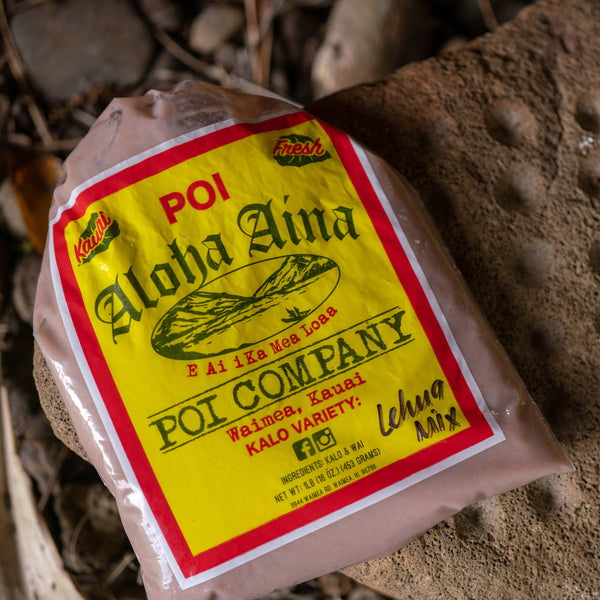Your Cart is Empty
Moʻolelo Hāloa - Story of Hāloa
The history of kalo in Hawaiʻi can be traced back to genesis stories of the indigenous Hawaiian people. While thousands of kalo, or taro, varieties can be found all over the world, in Hawai’I , this staple crop is recognized as an ancestor to the indigenous people of Hawai’i.
The story of Hāloa has been passed down for 1,000 plus years and with it is the haʻawina (lesson) that teaches us about the relationship between humans, the land, water, and our food.
Hāloa was the first born human, conceived from the akua (gods.) Papa, the sky father, and Wākea, the earth mother had a daughter, Hoʻohōkūkalani who gave birth to stillborn child that was named Hāloa. Hāloa was wrapped in hala and buried in the ʻāina (land.) A plant grew from the place the child was buried, this was the first kalo plant. Not long after, Hoʻohōkūkalani gave birth to another baby boy, who was given the name Hāloa in honor of his elder brother. Hāloa was the first Hawaiian person, progenator and aliʻi (chief) to the Hawaiian people.
This story teaches us of the relationship between the younger sibling to care for its elder sibling who will return that care. Here, the younger sibling, Hāloa, cares for the kalo plant and the kalo plant will nourish him and those that come after him. Kalo was the centerpiece and staple of the traditional Hawaiian food system that sustained a population of nearly 1 million people in the most isolated space on earth, prior to western contact. The immense agricultural complexes and natrual resource management systems developed by the indigenous Hawaiian people were recognized by all who visited Hawaiʻi in the early years after western contact. The impacts of introduced western diseases and colonization decimated the population, which was the workforce that maintained these systems. Thus the traditional food and management systems were replaced. Hawaiʻi now imports 95% of its food.
These traditional systems were grounded in the sacred relationship that existed between the people, the land, the water, and our food. We are re-learning these relationships, revitalizing these systems, and elevating the role of Hāloa, kalo, in our communities and our diet.






